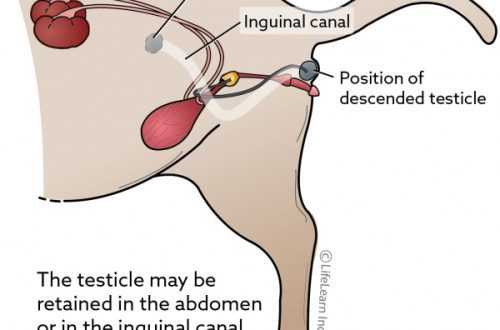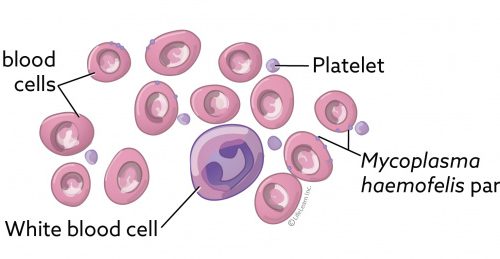
Kidney disease in cats
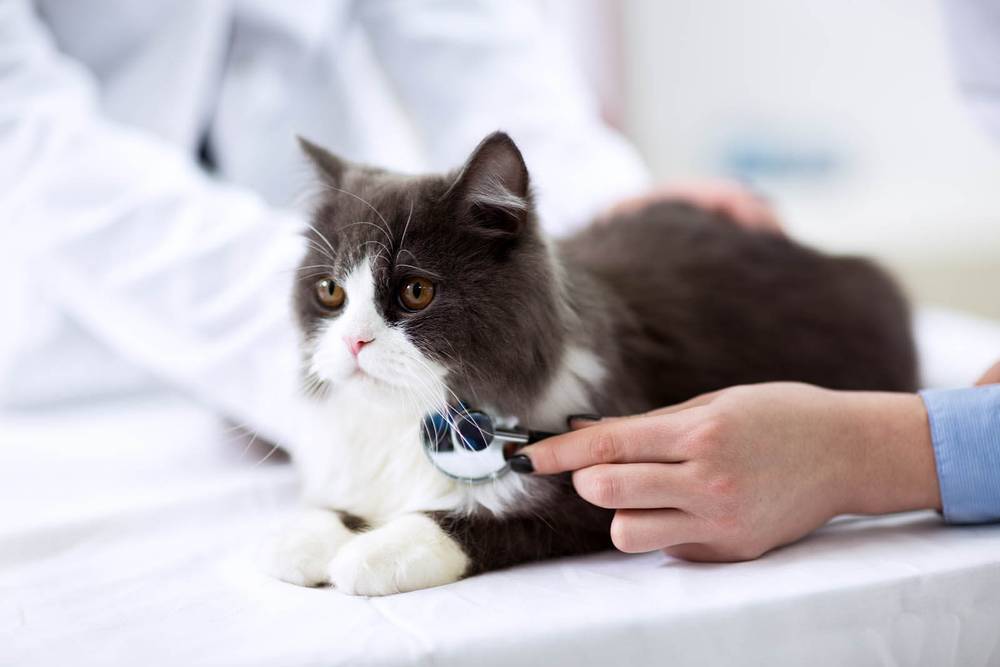
The main functional unit of any kidney is the so-called nephrons, the number of which determines the extent to which the kidney performs its basic functions.
The number of nephrons in the body of cats is laid down from birth, and the body, when they die, is not capable of regenerating them. Accordingly, with the loss of nephrons, the remaining small amount will work for wear, and the disease will progress.
The kidneys are responsible for the formation of urine in the body. Urine is nothing but blood collected from all over the body and delivered to the kidneys. Further, healthy kidneys remove all unnecessary toxins from the body, and the beneficial substances that make up the primary urine are retained in the body by reabsorption through a system of special tubules.
Also, the kidneys are responsible for the production of certain hormones, they are able to break down protein and break down amino acids.
Any violation of their basic functions entails irreversible and serious consequences for the body.
Contents
Kidney Disease in Cats: The Essentials
This is often an irreversible process;
Often there are no effective treatments;
Therapy is aimed at improving the quality of life and maintaining the vital activity of the kidneys;
Patients with kidney disease need regular and frequent visits to the clinic;
Any kidney disease can progress.
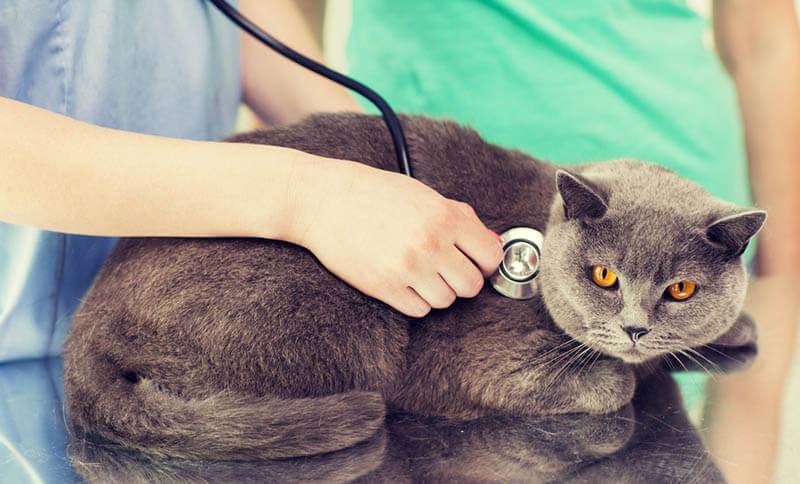
Classification of diseases
Congenital
Acquired
Sharp
Chronic
to congenital diseases include diseases with which the patient is born, or it may be genetically determined.
Common diseases of this group include polycystic, amyloidosis, renal aplasia, renal dysplasia.
Polycystic kidney disease is a congenital disorder in which normal kidney tissue is replaced by cysts.
The most predisposed are Persian, exotic shorthair cats and related breeds (British, Scottish, Himalayan) and their crosses.
Studies have been conducted, according to which about 38% of Persian cats are carriers of the gene that causes this disease. This is 6% of the total number of cats.
Kittens from birth have kidney cysts, but at this stage their size is very small, respectively, the disease is asymptomatic. But as the cysts grow and develop, they begin to grow and replace more healthy tissue and thereby lead to a violation of the basic functions of the kidneys. As a result of insufficient work, toxins are poorly excreted from the body of the animal, and therefore the body tries to compensate for this process by increasing fluid intake. At this stage, we see that the first symptoms of kidney failure begin to appear, that is, increased thirst, diabetes, decreased appetite or even loss of it, periodic vomiting.
Such symptoms most often begin to appear in middle age, namely by 7-8 years of a cat’s life.
Renal amyloidosis is a degenerative kidney disease characterized by the deposition of amyloid protein in the walls of the glomeruli, renal arterioles and arteries, which leads to loss of protein in the urine and the development of renal failure.
There can be several reasons for amyloidosis: breed predisposition (Siamese, Abyssinian, Oriental cats), impaired protein metabolism (malnutrition, endocrine diseases).
Effective methods of treatment have also not been developed. Drugs are used to improve the patient’s quality of life.
Renal aplasia is the absence of one or both kidneys. More often one kidney is missing. In the absence of both kidneys, the patient, unfortunately, dies in the first hours of life.
Renal dysplasia is a pathology of kidney development.
Both of these diseases lead to the development of kidney failure.
To the group of acquired diseases both acute and chronic kidney diseases (nephritis, acute and chronic renal failure, hydronephrosis, pyelonephritis) can be attributed.
for acute illnesses include diseases that have developed quite quickly for one reason or another (for example, poisoning, trauma, diseases of the lower urinary tract, infections).
Chronic develop over a long period of time. Initially, they are asymptomatic.
Nephrites are kidney diseases of an inflammatory and bacterial nature.
Nephrosclerosis (“wrinkled kidney”) is an atrophic kidney disease characterized by the death of the functional units of the kidneys and their replacement by connective tissue.
Hydronephrosis is an obstructive (caused by blockage) disease of the kidneys, manifested in a violation of the outflow of urine.
Pyelonephritis is an inflammation of the renal pelvis. Occurs when a narrowing or blockage of stones in the ureter. Most often, only one kidney is affected.
Acute renal failure – the rapid death of renal nephrons, can occur with trauma, poisoning, ischemia.
Chronic renal failure is the slow death of kidney nephrons.
Most of these diseases lead to the development of kidney failure, and, unfortunately, there are no effective methods of treatment. Therapy is aimed only at improving the quality of life of the patient.
Therapy may include subcutaneous infusions to prevent dehydration, reduced protein in the cat’s diet, special feed additives, and sometimes drugs are required to reduce protein loss from the body.
In order to take control of this disease as early as possible, veterinarians recommend conducting a medical examination 1-2 times a year, which includes an examination by a therapist, ultrasound of the abdominal organs against the background of a starvation diet for at least 10 hours, blood tests (general, biochemical ), general urine analysis. From the age of 5 years, tonometry and a urine test for the ratio of protein / creatinine in the urine are mandatory.
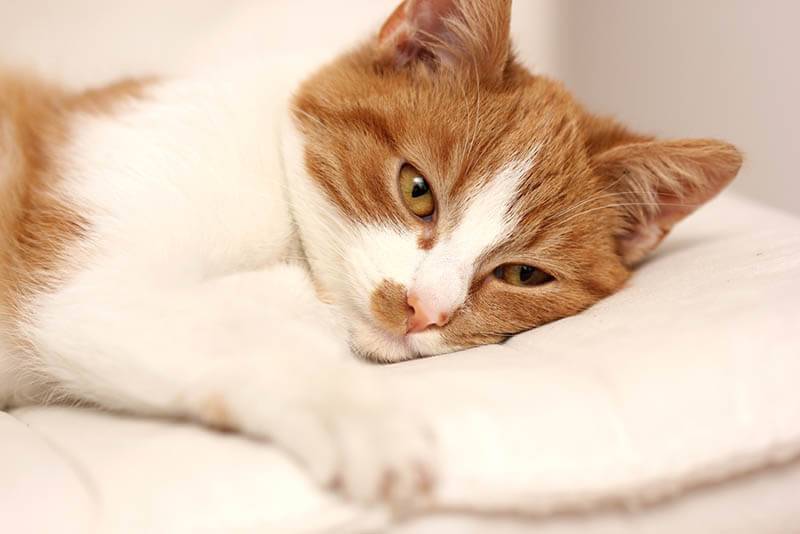
Symptoms of kidney disease in cats
Symptoms of kidney disease can be different:
periodic vomiting;
loose stools;
increased thirst;
increased urination;
decreased appetite;
complete loss of appetite;
decreased activity;
change in the quality of wool;
reduced grooming, the appearance of tangles;
weight loss;
increased body temperature;
the presence of blood in the urine;
transparent color of urine;
lack of urination due to the cessation of urine production by the body;
adoption of a forced posture (the cat lies with a hunched back or cannot take a lateral position);
the appearance of ulcers in the oral cavity;
unpleasant smell of ammonia;
pallor of visible mucous membranes;
dehydration.
But there may be no symptoms at all.
Causes
The reasons that can lead to irreversible damage to the kidney tissue are diverse: infectious diseases, exposure to toxins, trauma, any serious condition that leads to disruption of the blood supply to the kidneys (blood loss, hypothermia, severe dehydration, drop in blood pressure, etc.), congenital diseases and loss of functional kidney tissue as a result of natural aging of the body.
Unfortunately, it is not always possible to identify the cause that led to the development of CKD, and often it remains unknown.
Diagnostics
Of the diagnostic measures, the following are carried out:
collection of anamnesis, that is, a description of the symptoms;
blood tests (it is important to assess the level of hematocrit, total protein, creatinine, urea, phosphorus and potassium);
conducting ultrasound diagnostics of the abdominal organs;
the behavior of cystocentesis, that is, sterile urine collection under the control of an ultrasound sensor;
general urine analysis;
the ratio of protein / creatinine in the urine;
sometimes a kidney biopsy is required if neoplasia is suspected;
it is important to assess blood pressure, the level of the hormone T4 in cats older than 8 years of age.
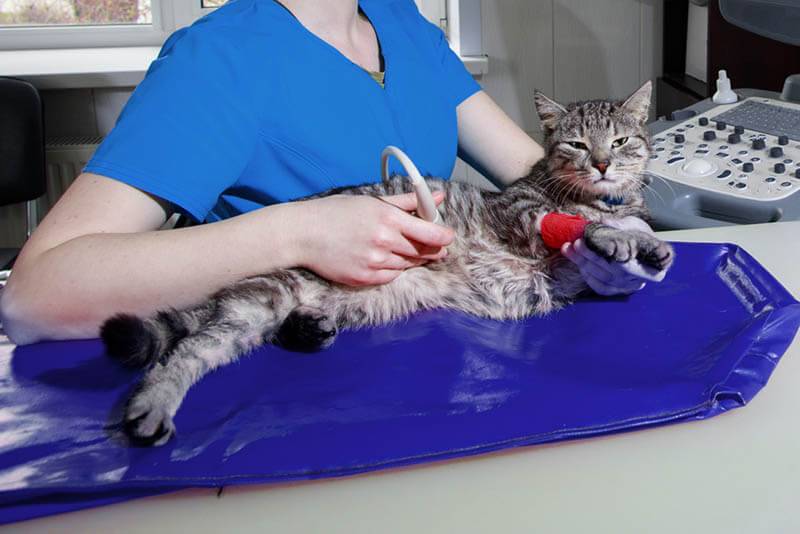
Kidney Treatment in Cats
Before starting treatment, it is necessary to try to identify the cause of kidney disease.
For genetic and congenital anomalies, only symptomatic therapy is carried out, which will simply be aimed at improving the quality of life.
If the main cause was an infection, then antibiotics are needed, the course of which can last a long time.
For the treatment of gromerulonephritis, depending on the origin, drugs that reduce protein loss or immunosuppressive therapy may be required.
If kidney failure has occurred, then therapy is aimed at improving the quality of life and addressing factors that can destroy the remaining renal units (reducing protein in the diet, adding fluid to the body by providing additional access to water, and introducing fluid into the body in the form of infusions, the use of drugs that reduce pressure, if high is registered, the use of drugs that suppress the increased work of the thyroid gland, if again there was a registration of a disease such as hyperthyroidism).
Prevention
Prevention consists in regular visits to the clinic and a series of studies, namely:
blood and urine tests;
ultrasound examination of the abdominal organs;
tonometry;
study of the level of T4 (cats older than 8 years of age);
fundus examination.
Patients with chronic kidney disease should have regular visits to the clinic in order to immediately take them under control if deterioration is detected, thereby reducing the risks of further damage to the kidneys. But this process is inevitable. We, in turn, can only help our pets improve their quality of life.
April 23 2021
Updated: 11 May 2021



